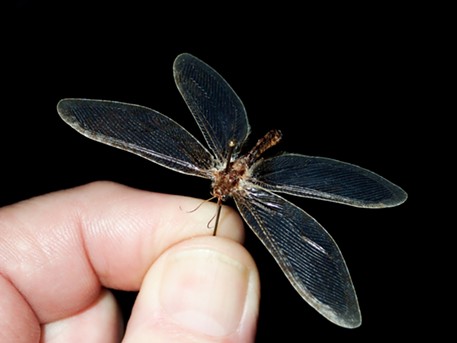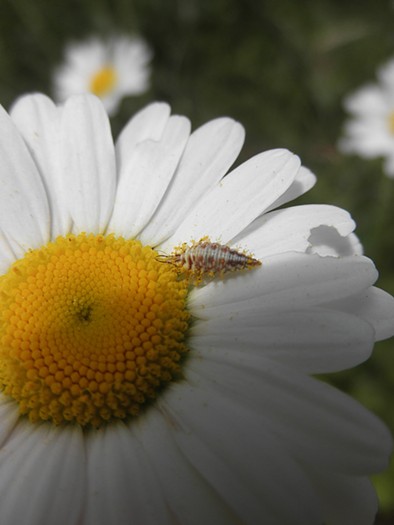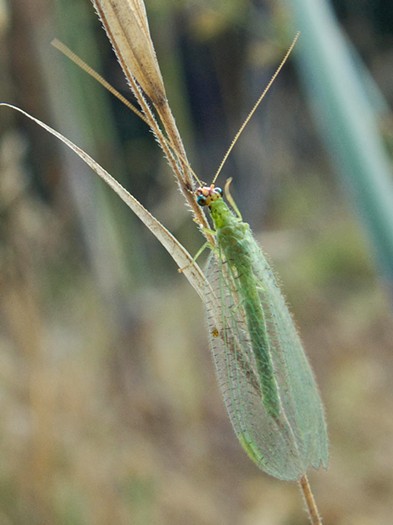Wednesday, January 27, 2016
HumBug: Lacewings
Posted By Anthony Westkamper on Wed, Jan 27, 2016 at 5:34 PM
A couple of days ago I was cleaning up storm debris from my yard when a tiny creature fluttered daintily by. I recognized its flight pattern immediately as one of the prettiest and most delicate things I know: a green lacewing. It brought a smile.
The order Neuroptera (“nerve winged”) has some really dainty insects. It is a bit of a contradiction in that despite their frail appearance they are excellent predators of aphids and other small soft bodied insects. As larvae they remind me of the mind controlling creatures from the Star Trek movie The Wrath of Khan. (But on a tiny scale.) Long, slender mandibles pierce and suck the juices from their victims. As adults, they chew up the same prey.
The green and brown varieties live hereabouts and occasionally come to lights at night. Both have been cultivated and sold as biological controls for aphids.
One of my most prized specimens is a rather rare giant lacewing that I collected outside of Reno, Nevada, over 20 years ago. The vein pattern in its wings is remarkable. Little is known of their life history. Like mine, most specimens collected have been drawn to lights. I just glad that unlike the bird collectors of Victorian England who hastened the demise of the great auk, I haven't killed off the last specimen in my enthusiasm. After all, there are newer photos online.
The green and brown varieties live hereabouts and occasionally come to lights at night. Both have been cultivated and sold as biological controls for aphids.
One of my most prized specimens is a rather rare giant lacewing that I collected outside of Reno, Nevada, over 20 years ago. The vein pattern in its wings is remarkable. Little is known of their life history. Like mine, most specimens collected have been drawn to lights. I just glad that unlike the bird collectors of Victorian England who hastened the demise of the great auk, I haven't killed off the last specimen in my enthusiasm. After all, there are newer photos online.
Speaking of...
-

HumBug: The Current Mass Extinction
Jan 19, 2020 -
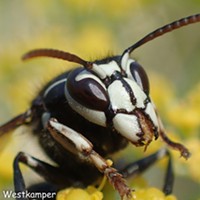
Bald Faced Fliers and Beetle Mania
May 23, 2019 -
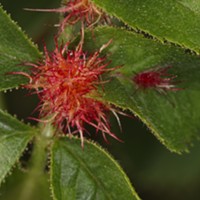
HumBug: A Dead Crane Fly and a Strange Nursery
Sep 30, 2018 - More »
Readers also liked…
more from the author
-
HumBug: Early Spring Pollinators
- Apr 12, 2020
-
HumBug: A Recipe for History
- Apr 5, 2020
-
HumBug: Bugs in the City
- Mar 29, 2020
- More »
